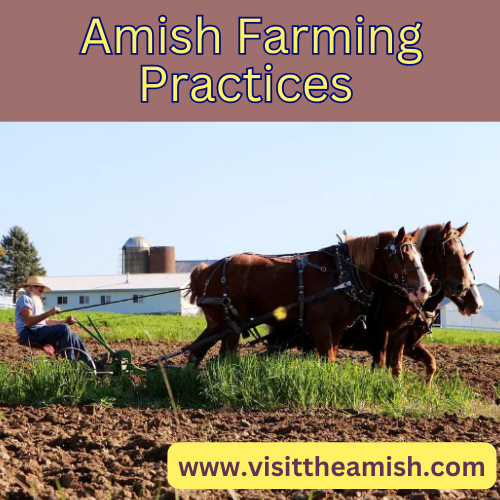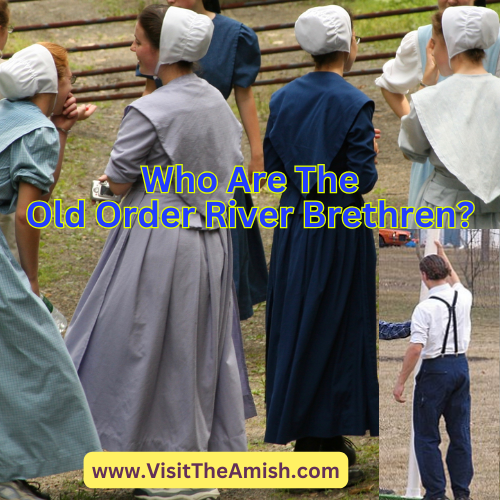The German Baptist Brethren, also known as the Old German Baptist Brethren, are a religious group that originated from the Pietist movement in Germany during the early 18th century. They are a part of the Anabaptist tradition and are known for their stalwart faith, practice of adult believers’ baptism, pacifism, and resolute non-oath taking.
The German Brethren developed from the Pietist movement of Philip Spener and are closely aligned with Anabaptist groups such as the Mennonites. The Old German Baptist Brethren historically believe in baptismal regeneration, emphasizing the obedience of the new believer through faith, repentance, and baptism.
The church is known for its strict adherence to traditional practices and has a rich history that has been meticulously preserved and shared by dedicated researchers, historians, and archivists.
The German Baptist Brethren have a significant presence in the United States, particularly in the state of Pennsylvania, where they have established strong communities. The church’s members have been known to refer to themselves as German Baptists or simply Brethren.
The German Baptist Brethren, also known as the Old German Baptist Brethren, have communities in various locations, with a significant presence in the United States. The group originated in Schwarzenau, Germany, in the early 18th century and subsequently migrated to North America due to persecution and economic hardship.
The Brethren originally settled in Germantown, Pennsylvania, and then dispersed to other areas of Pennsylvania. Today, there are about 6,100 members of the Old German Baptist Brethren in the United States, with a significant number residing in the Central Valley, primarily north of Modesto, California, where members began to purchase land in the 1920s. While the community has a strong presence in Pennsylvania and California, there are also members located in other parts of the United States
The Old German Baptist Brethren are recognized for their commitment to traditional religious practices and their reluctance to embrace modern technologies, as evidenced by a church division in 2009 that was influenced by the debate over the use of the internet and the authority of the annual meeting.
The German Baptist Brethren, also known as the Old German Baptist Brethren, have a cautious and controlled approach to the use of technology in their daily lives. They are recognized for their reluctance to embrace modern technologies and their commitment to a traditional way of life.
Members of the Old German Baptist Brethren community typically do not have radios, television sets, stereos, tape recorders, VCRs, or large musical instruments in their homes. There has been an ongoing debate over the use of the Internet since the mid-1990s, and as of 2015, a group of nine Brethren was working autonomously with outside communications companies to address some form of business use of technology.
The community’s increasing adherence to traditional patterns of dress and practice, as well as its conservatism, has influenced the decision of some members to move to more traditional horse and buggy groups. The Old German Baptist Brethren prioritize modesty, simplicity, and a traditional way of life, which is reflected in their cautious approach to the use of technology.
The Old German Baptist Brethren have a cautious approach to the use of technology in their daily lives, prioritizing traditional practices and beliefs over the adoption of modern technologies. Some examples of technology that they may use in their daily lives include:
- Business Use of Technology: As of 2015, a group of nine Brethren was working autonomously with outside communications companies to address some form of business use of technology.
- Digital Resources in Church: There are instances of the use of digital resources in the church, such as using tablets to register people’s attendance on a cloud-based church database and the use of digital communication methods. However, this usage is likely limited and carefully considered, as the community prioritizes traditional practices.
- Debate Over Internet Use: There has been a long debate over the use of the Internet within the community since the mid-1990s. This indicates that while some members may use the Internet for specific purposes, the community as a whole approaches its use with caution.
While the Old German Baptist Brethren have a cautious approach to technology, there are instances of its use in specific contexts such as business and church activities. However, the community’s overall stance reflects a prioritization of traditional practices and beliefs over the widespread adoption of modern technologies.
In summary, the German Baptist Brethren view the use of technology in their daily lives with a strong emphasis on control and selectivity, prioritizing traditional practices and beliefs over the adoption of modern technologies. This cautious approach is in line with their commitment to modesty, simplicity, and a traditional way of life.
The Old German Baptist Brethren, known for their cautious approach to technology, have traditionally used technology in their farming practices to a limited extent. While they prioritize traditional and manual farming methods, there have been instances of the use of modern farming equipment and technology within the community.
For example, some members have utilized large equipment and GPS-controlled seeding and spraying, indicating a degree of automation in their farming processes1. Additionally, there have been instances of the use of digital resources in the church for animal, feed, and crop management, reflecting a selective and controlled approach to the use of technology in farming practices
In conclusion, the German Baptist Brethren are a unique religious group with a rich history and distinct set of beliefs and practices. Their origins in the Pietist movement, commitment to traditionalism, and presence in the United States make them an intriguing subject for further exploration and study.
Like this:
Like Loading...
















